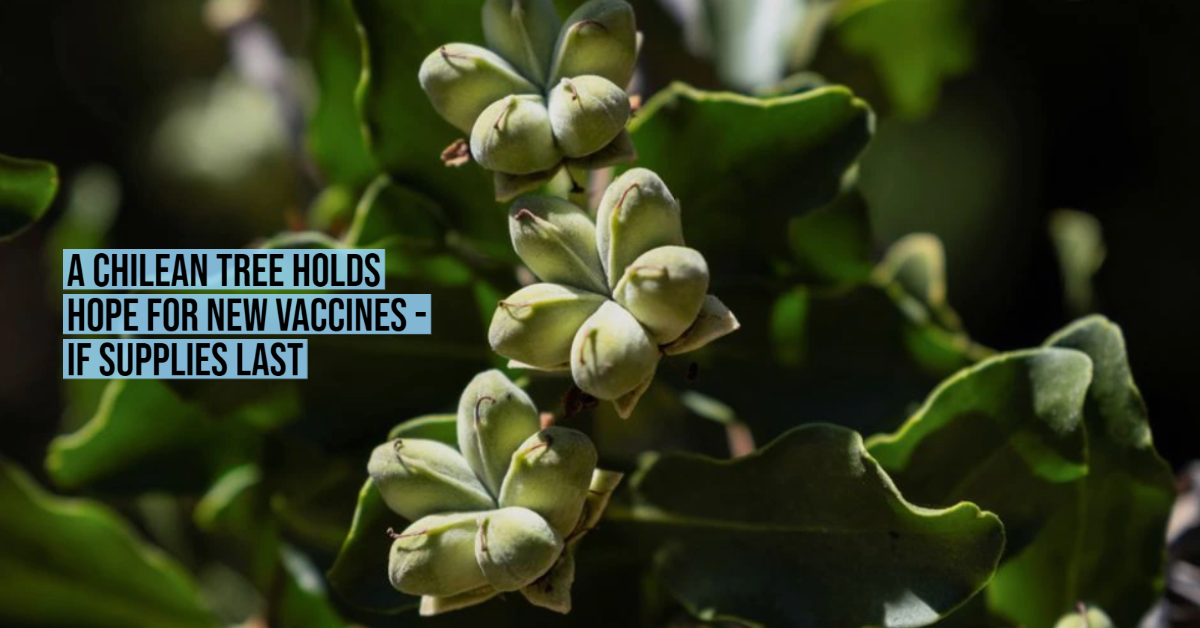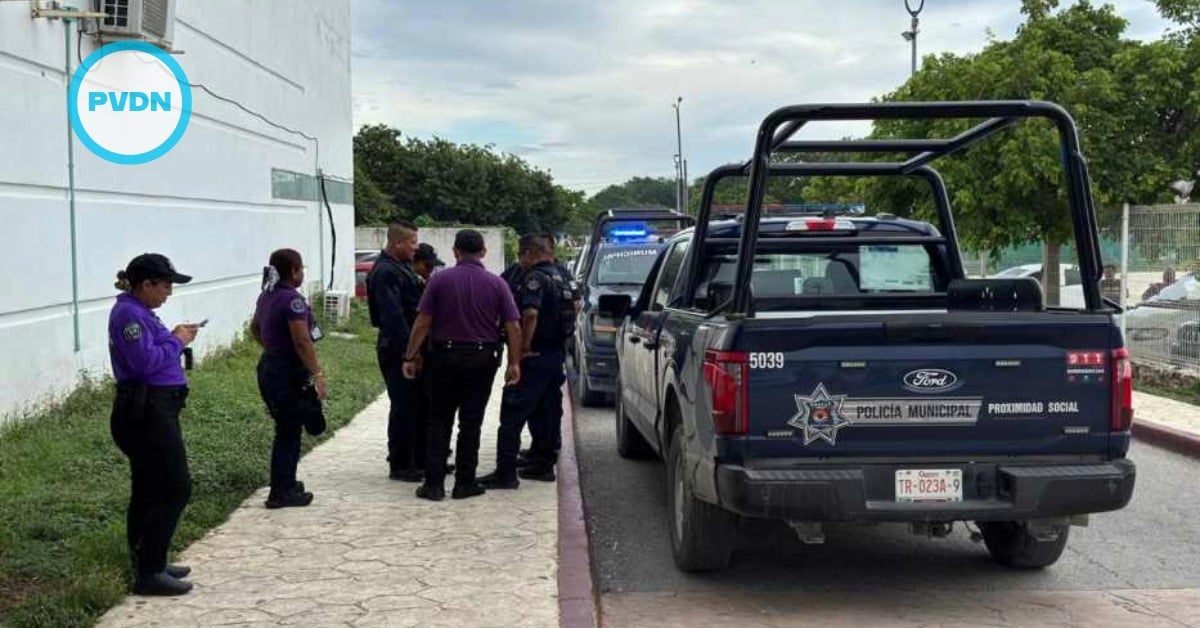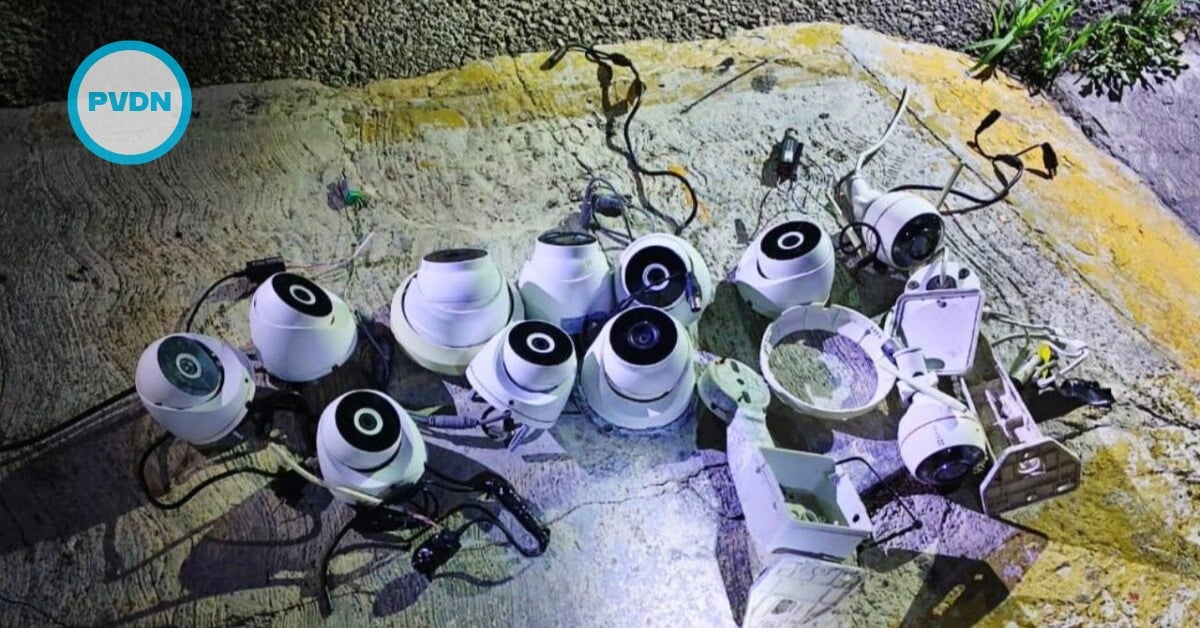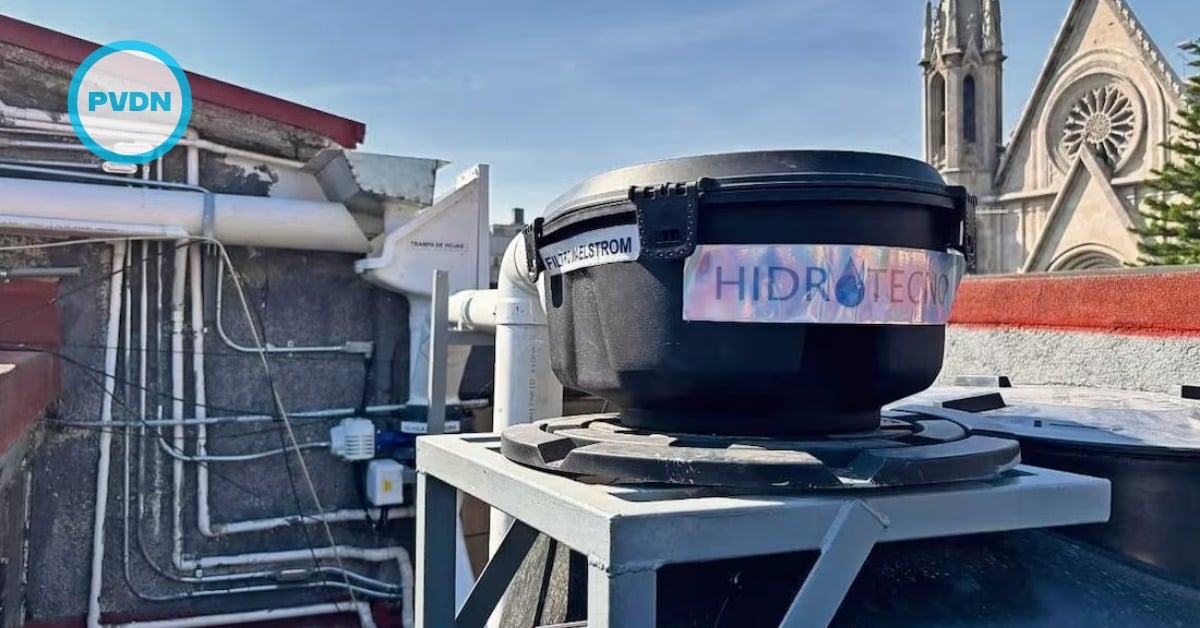CASABLANCA, Chile, Oct 6 (Reuters) - Down a dusty farm track in Chilean wine country, behind a wooden gate wrapped in chains, forestry experts are nursing a plantation of saplings whose bark holds the promise of potent vaccines. Quillay trees, technically known as Quillaja sapona…






